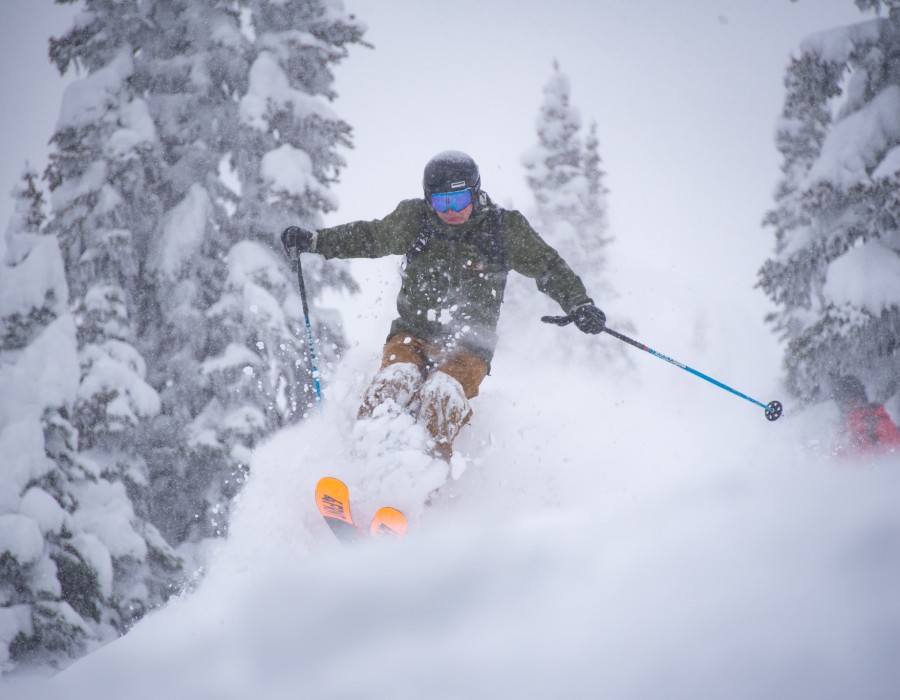Steep skiing can be an exhilarating adventure for those who love the thrill of the slopes. This blog will answer some common questions about steep skiing, helping you understand the sport better and prepare for your next adventure.
What is Steep Skiing?
Steep skiing refers to skiing on steep terrain, often found in off-piste areas or challenging ski runs. It involves navigating slopes with a significant incline, which can offer thrilling experiences for advanced skiers.
Who Can Try Steep Skiing?
Steep skiing is not for beginners. It is best suited for intermediate to advanced skiers who have a solid grasp of skiing techniques and are comfortable on various types of snow and terrain. If you’re confident on groomed runs and have experience with powder or variable conditions, you may be ready to try steep skiing.
What Gear Do I Need for Steep Skiing?
When it comes to steep skiing, the right gear is essential for safety and performance. Here’s what you’ll need:
- Skis: Choose wider skis that provide stability and floatation in powder snow.
- Bindings: Make sure your bindings are suitable for your skiing style and terrain.
- Boots: Opt for stiff boots that offer good support and responsiveness.
- Helmet: Always wear a helmet to protect your head from falls or collisions.
- Avalanche Gear: If skiing in the backcountry, carry essential avalanche safety equipment, including a beacon, shovel, and probe.
How Can I Prepare for Steep Skiing?
Preparation is key to enjoying steep skiing safely. Here are some tips:
- Improve Your Skills: Take lessons from a professional instructor to refine your technique, especially in steep conditions.
- Build Strength: Work on your leg and core strength through exercises like squats, lunges, and balance training.
- Practice in Control: Start on less steep slopes to practice your turns and stops before tackling steeper runs.
- Know the Terrain: Familiarize yourself with the area where you’ll be skiing, including potential hazards like rocks or tree wells.
What Are the Risks of Steep Skiing?
While steep skiing can be thrilling, it also comes with risks. Some of the main concerns include:
- Falls: The steeper the slope, the harder the fall can be, so it’s important to stay in control.
- Avalanches: Off-piste areas can be prone to avalanches. Always check avalanche reports and go with experienced partners.
- Weather Changes: Weather can change quickly in the mountains. Be prepared for sudden storms or visibility issues.
What Should I Do If I Get Stuck?
If you find yourself in a tricky spot while steep skiing, here’s what you can do:
- Stay Calm: Take a moment to assess your situation.
- Look for a Path: Check if there is a safe route down or to a flatter area.
- Use Your Poles: Use your ski poles for support and stability as you make your way down.
Conclusion
Steep skiing can be an exciting way to experience the mountains, but it requires skill, preparation, and safety awareness. By understanding the basics and preparing yourself properly, you can enjoy the thrill of steep slopes while minimizing risks. Always remember to ski within your limits and seek guidance from experienced skiers or instructors when needed. Happy skiing.





Comments